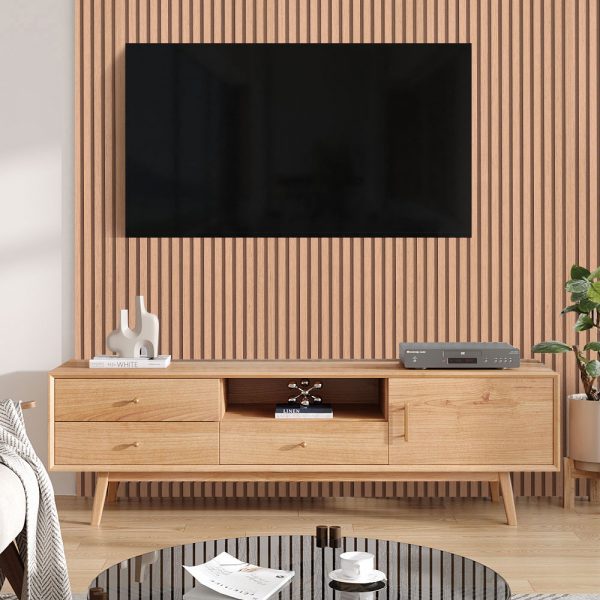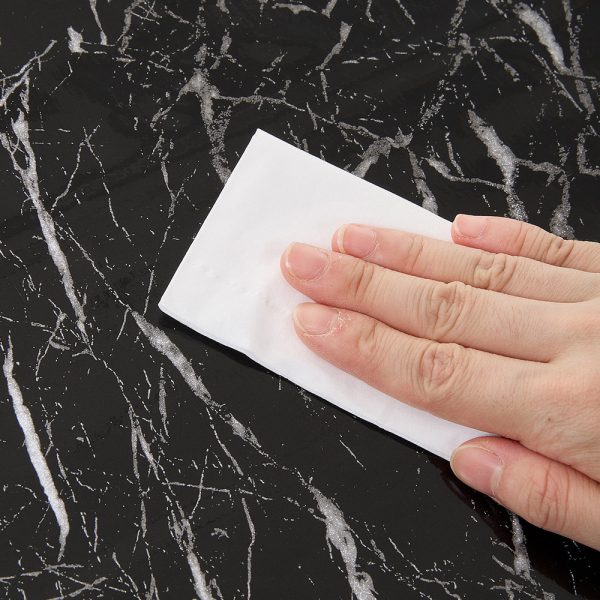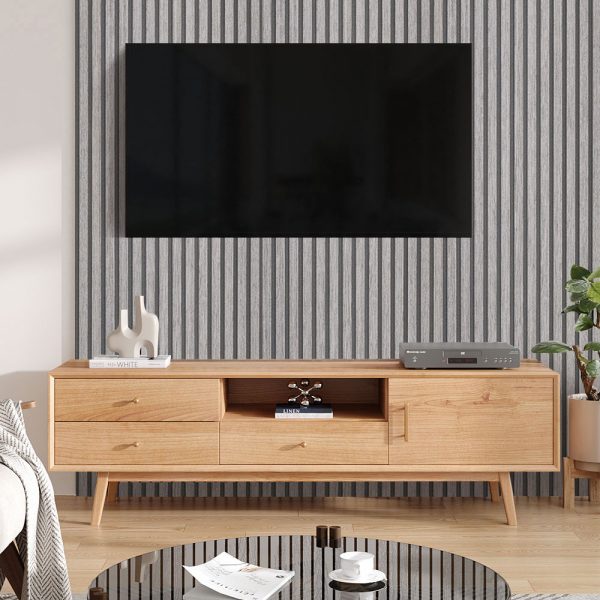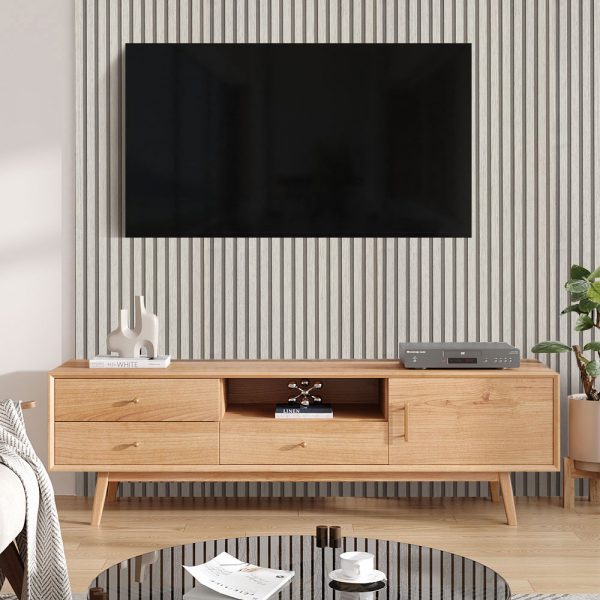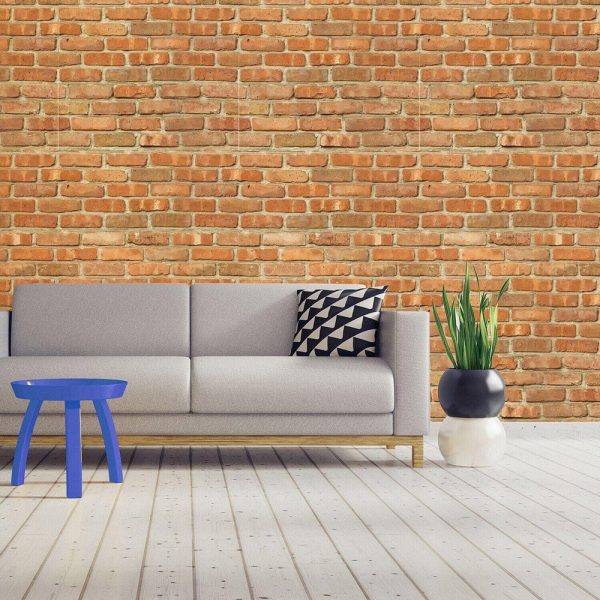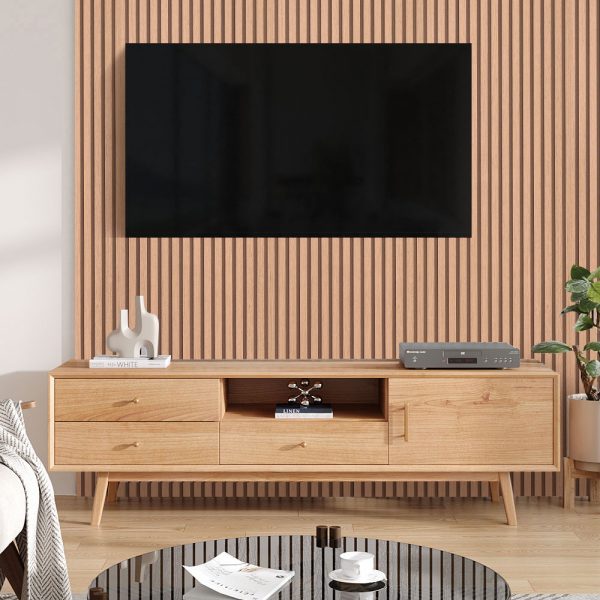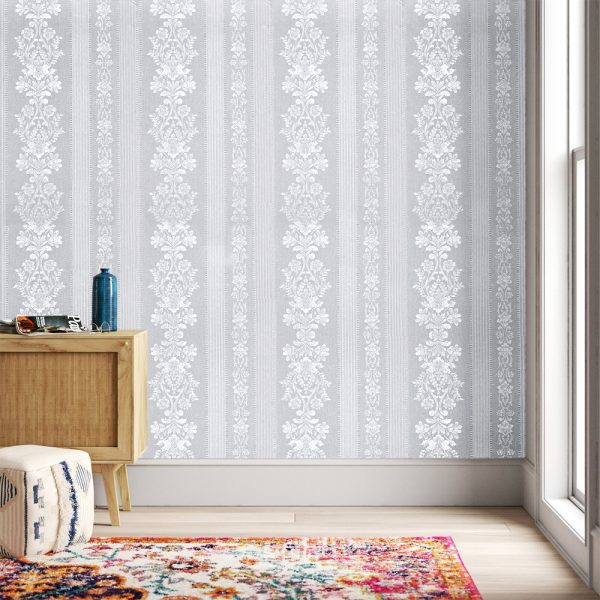5 Creative Ways to Use Wallpaper in a Small Space

Decorating a small space presents unique challenges and opportunities. While limited square footage might seem restrictive, clever design choices can transform even the tiniest room into a stylish, comfortable haven. One of the most powerful tools in your design arsenal? Wallpaper. Far beyond traditional borders and florals, modern wallpaper offers endless possibilities—from textured patterns to bold statement walls. In this article, we’ll explore five innovative ways to use wallpaper in small spaces, along with expert tips to maximize visual impact.
Whether you’re working with a tiny apartment, a compact guest room, or a cozy reading nook, these wallpaper ideas will breathe new life into your space without overwhelming it.
1. Create a Statement Wall to Add Depth
When working with small spaces, less is often more. Instead of covering all four walls, creating a feature wall allows you to add personality without crowding the room. This technique draws the eye and can even make the room feel larger when used strategically.
Tip: Choose a wallpaper with a subtle yet impactful design. For instance, pink and white marble wallpaper adds an elegant, modern touch while keeping the room light and airy. The marble texture mimics natural stone, which reflects light and brings a sense of sophistication without feeling heavy.
Best for:
- Bedrooms
- Dining nooks
- Home offices
Pro Insight: When choosing a wall for your statement piece, select the one opposite a window. Natural light will highlight the texture and color, enhancing the depth illusion.
2. Use Wallpaper to Highlight Architectural Details
Got a bookshelf, archway, or alcove? Instead of painting it a different color, why not wallpaper it? Wallpapering small architectural elements draws attention to them and gives your space a custom-designed look without a full renovation.
For example, brick effect white wallpaper is perfect for alcoves, giving the appearance of exposed brick and a modern industrial vibe. It’s particularly effective in minimalist spaces that need a bit of texture and contrast.
Creative Spots to Wallpaper:
- Built-in shelves
- Closet interiors
- Cabinet backs
- Under staircases
Why it Works: Highlighting these details makes your room feel more layered and curated—an especially helpful trick in small homes where every detail counts.
3. Add Wallpaper to the Ceiling for Unexpected Drama
The fifth wall—the ceiling—is often overlooked. But in small spaces, decorating the ceiling can draw the eyes upward, making the room appear taller. It’s an unexpected design move that adds personality and drama without using up valuable square footage.

Opt for neutral wallpaper for living rooms on the ceiling to keep things balanced. Patterns like muted geometrics, soft florals, or textural designs work well without overpowering the space.
Installation Tip: Be sure to use vinyl wallpaper waterproof options in humid spaces like bathrooms or kitchens. Vinyl is easy to clean, durable, and resistant to moisture, making it an ideal choice for overhead applications.
Ideal for:
- Powder rooms
- Small kitchens
- Entryways
Bonus: Light-reflective wallpaper can amplify your lighting fixture and add a glow to the room.
4. Frame Panels of Wallpaper Like Art
If you’re hesitant about full-wall applications or renting your space, framed wallpaper panels offer a versatile, non-permanent alternative. You can cut sections of wallpaper and mount them in frames or create a faux paneling effect with molding.
This trick is great for making small spaces feel high-end and intentional. Whether you prefer modern or traditional aesthetics, it works across all design styles.
Try This Look With:
- Wallpaper embossed paintable wallpaper — paint it to match or contrast with your decor
- Bold botanical prints
- Metallic finishes for a luxurious feel
Framing Tip: Use three vertical panels side by side to elongate the walls, a classic interior designer trick for visually increasing ceiling height.
Where It Works Best:
- Hallways
- Narrow entryways
- Above sofas or beds
5. Use Wallpaper to Define Zones in Open Spaces
Open-concept living is popular, but defining zones in a single room can be tricky—especially in small apartments or studio layouts. Wallpaper helps you visually divide spaces without bulky room dividers.
For example, you might use front room wallpaper design patterns in the living area and a more calming neutral tone in the sleeping area. The contrast subtly signals different functional zones, making the layout feel more purposeful.
Recommended Pairings:
- Pair neutral wallpaper for living room with bolder designs in adjacent areas
- Use cohesive color palettes across wallpapers to maintain flow
Smart Tip: Repeating a wallpaper pattern in a different scale or color elsewhere in the room can tie zones together and maintain harmony.
Promotional Note: Ready to Transform Your Space?
If you’re looking for premium, stylish, and easy-to-install wallpaper options, Livora offers a curated selection of high-quality designs—including pink and white marble wallpaper, brick effect white wallpaper, and vinyl waterproof wallpapers perfect for small spaces. Whether you’re revamping your living room or refreshing a cozy corner, our collection is designed to inspire. Explore our wallpaper collection here and find the perfect fit for your style.
Expert Tips for Wallpapering Small Spaces
To ensure your wallpaper installation goes smoothly and enhances your space, keep the following professional tips in mind:
Choose Light or Neutral Tones
Dark wallpapers can make small rooms feel closed in. If you love bold patterns, try lighter backgrounds with subtle contrasts.
Use Vertical Patterns
Vertical stripes or designs that guide the eye upward can make low ceilings appear higher.
Go Textural, Not Just Visual
Wallpapers like wallpaper embossed paintable wallpaper add tactile dimension. They’re perfect for small rooms that lack architectural detail.
Think About Lighting
Glossy or metallic finishes reflect light, helping brighten dark corners. Matte finishes absorb light and can add coziness.
Pick the Right Wallpaper Type
In high-humidity areas, always use vinyl wallpaper waterproof to avoid peeling and mold. For living spaces, breathable papers are fine.
Common Mistakes to Avoid
Even with the best intentions, wallpaper projects can go awry. Here are the most common pitfalls to sidestep:
- Over-patterning: Using too many different designs in one small space can make it feel chaotic.
- Skipping wall prep: Uneven or dirty surfaces can cause bubbles and poor adhesion.
- Choosing scale-inappropriate designs: Oversized prints can dominate a small room; choose smaller, repetitive patterns for balance.
- Ignoring natural light: Make sure to test wallpaper samples under your room’s lighting before committing.
Wallpaper is an underrated hero in small-space design. It adds texture, color, and personality—all without taking up physical space. From statement walls to ceiling installations, wallpaper offers endless creative options for making a room feel larger, brighter, and more stylish. Whether you’re a renter or a homeowner, there’s a wallpaper solution for every space and budget.
So why not give your small space the big personality it deserves? With thoughtful design and the right wallpaper, even the tiniest room can become your favorite.
Read More: How to Create a Feature Wall with Wallpaper?


